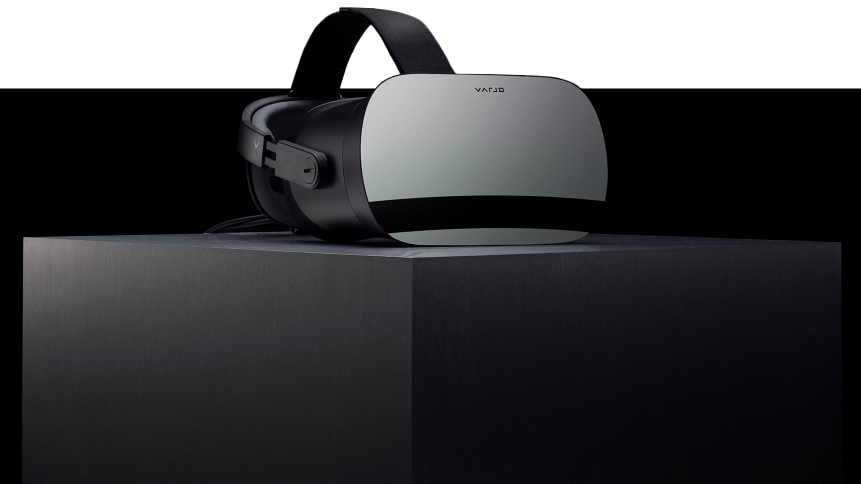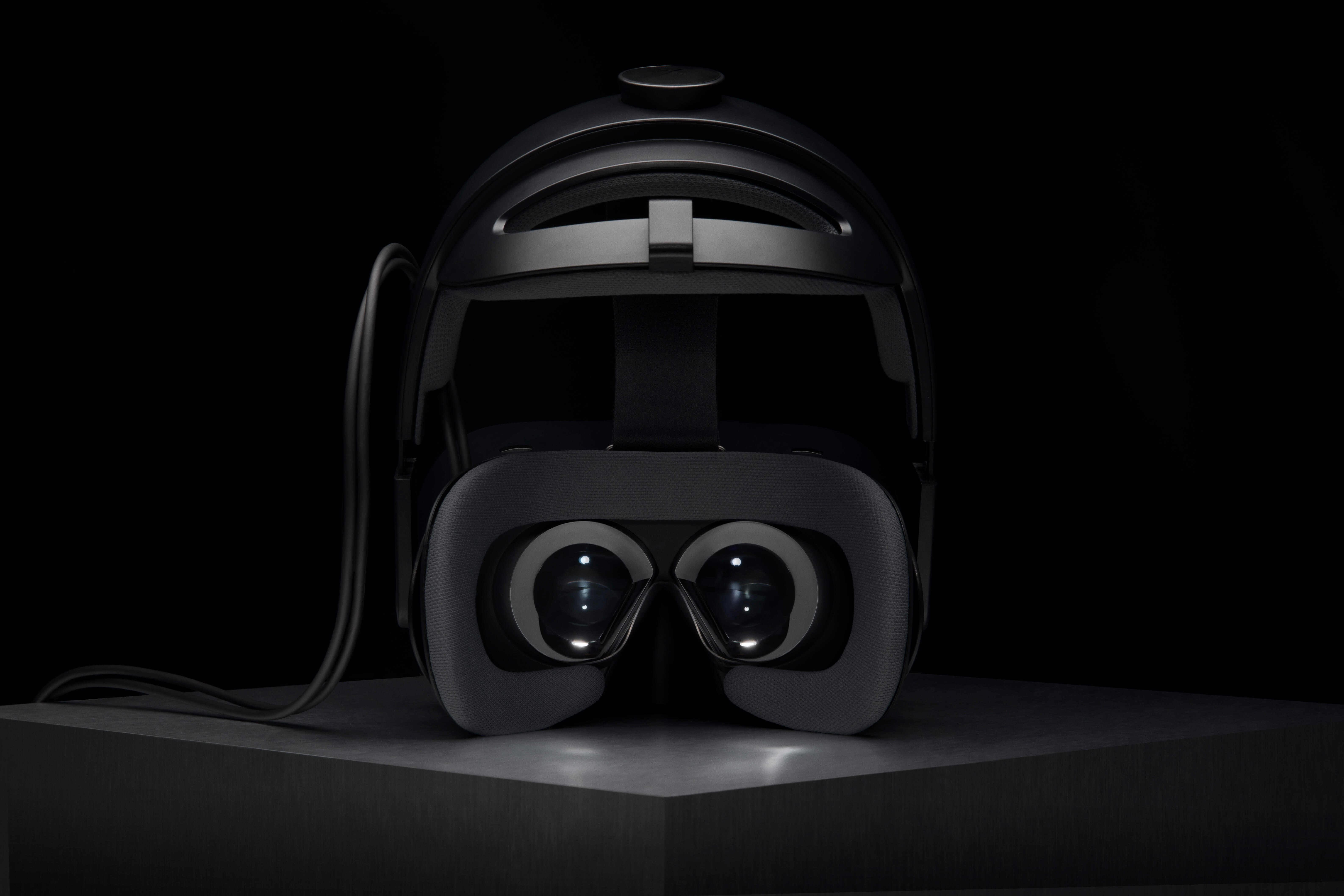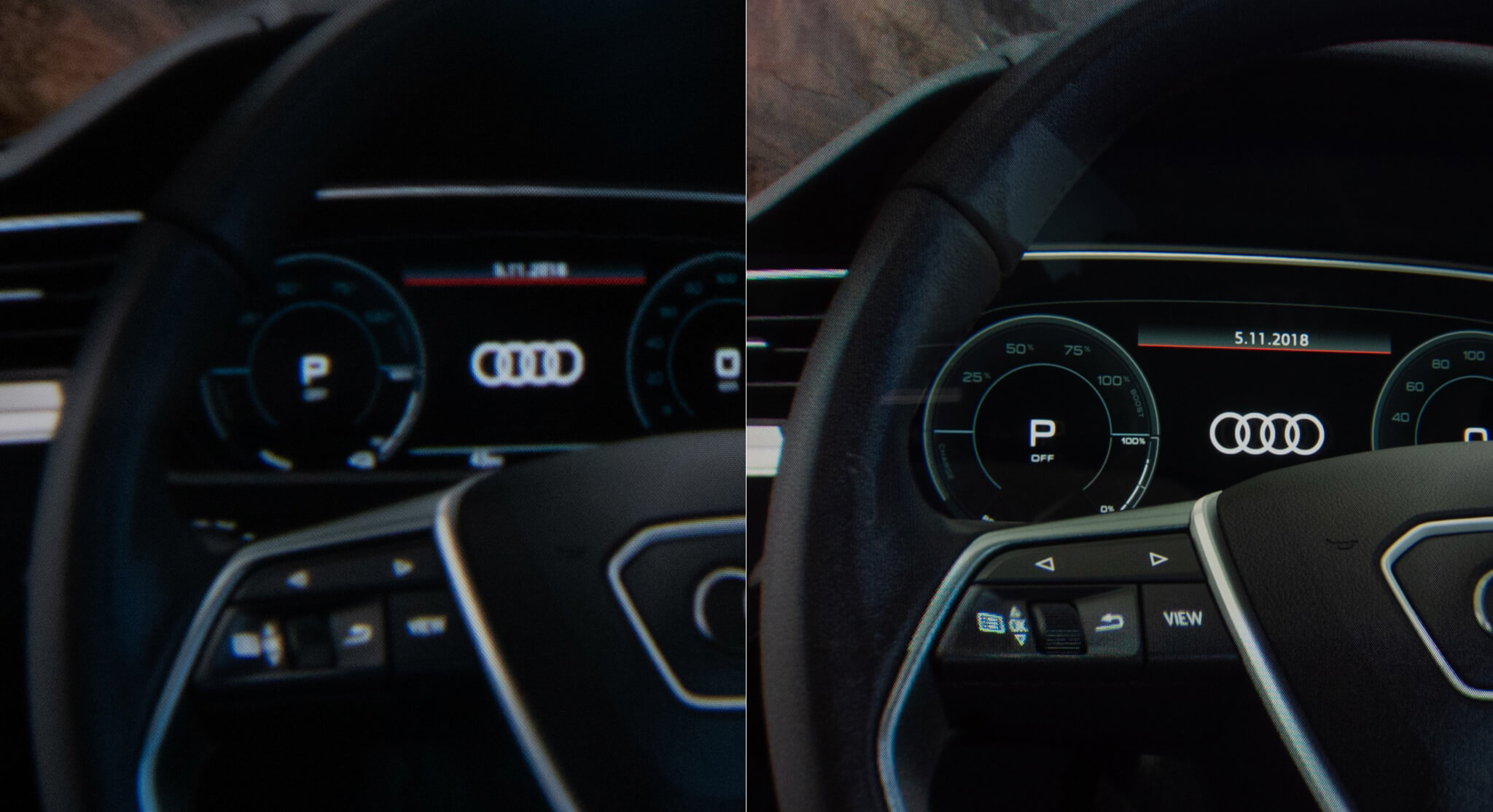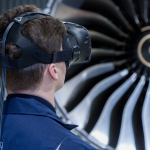Varjo CEO: XR’s power lies in creation, not just training

From its inception just three years ago, the small, Finnish mixed reality headset company Varjo stood out from competitors, most of which are multinational giants.
But, even then, the tempo of the market was slowing and interest was waning.
“It was very clear that when we started that the hype in VR was already kind of disappearing. Oculus created quite a bit of hype and they started with a product that was super low cost, and that means all headsets so far have been consumer-grade and low cost to create volume,” Niko Eiden, Varjo CEO, in an exclusive interview with TechHQ.
“But those headsets never made it high enough in the quality bar, even for consumers, to see great uptake.”
Product, software, hardware
Varjo made its entry in a period of cautious investment. The still elusive Magic Leap had swallowed funding and, in Eiden’s words, “everyone was waiting to see what happened.”
Not dissuaded, the former Microsoft and Nokia employee formed a group with “product, software, and hardware knowledge”, and set to creating a product, unlike anything that had been produced by other contenders.
While other headsets lay light on top of light to create the illusion, the effect will always look ‘holographic’; Eiden’s team wanted to create an XR headset that was difficult to distinguish what was real and what wasn’t.
“We had a good story, we knew what we wanted to do— we built a prototype in 24 to 48 hours that we showed in the first investment meeting, and everyone was blown away,” said Eiden.

‘Human-eye resolution’. The Varjo VR-1 headset with helmet attached. Source: Varjo
The effect of its dual-screen technology was such that, a user can look around the virtual world and see “the stars in the sky, or the wings of insects.” Last year, a round of press around the company’s hardware— capable of “human-eye resolution”— sparked a rekindling of interest in the power of XR for business.
Having received US45.9 million in funding to date with a team of less than 200, Varjo is still a comparably small company against the scale of its competition in HTC and Microsoft, but today it works with an impressive roster of clients including Saab, Airbus, Siemens PC, Audi, and Volvo.
YOU MIGHT LIKE

VR is allowing nuclear plants to simulate control rooms
Earlier this month, the company opened a new office in the US, the start of a new sales push across the Atlantic. And while much of its business lies currently in enterprise training (trainee pilots can see the digits of virtual instruments; nuclear power plants can recreate control rooms with virtual instruction manuals) Eiden sees XR’s real power in design.

Quality comparison of dials in cockpit. HTC Vive Pro (left) and Varjo VR-1 (right). Source: Varjo

Quality comparison of car interior. HTC Vive Pro (left) and Varjo VR-1 (right). Source: Varjo
XR for design
Swedish carmaker Volvo had been experimenting with VR and AR in design. It knew what it wanted to do and had a team in place that understood the technology but it didn’t have the tools to achieve its visions. Varjo soon proved to be the product they had longed for.
“Once Volvo heard about the device, they immediately said it was something they wanted to try,” said Eiden. “They’d tried out all the existing headsets, they’d tried out Hololens, for example, but none offered the ability to change reality on the fly.”
Varjo’s headset now helps Volvo accelerate its design process, using it in factory floor planning, quality control, safety, right down to consumer sales, allowing customers to configure details in front of them, such as the red stitching on the seat cover.
“From a design perspective, you can see the same level of detail, such as metal flakes in paint, you can see panel gaps— things designers need to focus on from a detail perspective.
“They can also simulate future car interiors in a way that has never been possible, so you can change the whole interior into a new [unbuilt] model, for example, and check interactions with eye-tracking, for example.”
For Volvo, the technology means there is now less need to prototype— in some cases, they no longer have to build reiterations of a cockpit having put it to the test in the virtual world.
While the training market is proving to be a “nice business”, Varjo’s CEO is hedging his bets on XR in design. The “sweet spot” will be when using these devices becomes part of daily routine, he said, “that’s when we’ll really start scaling.”
“We want to enable these professionals to work inside their designs every day, so an architect can start his day inside the physical location where he’s designing his building, for example.”
“2019 is already a good step for this, the software is ready for the headsets and software to integrate.”









